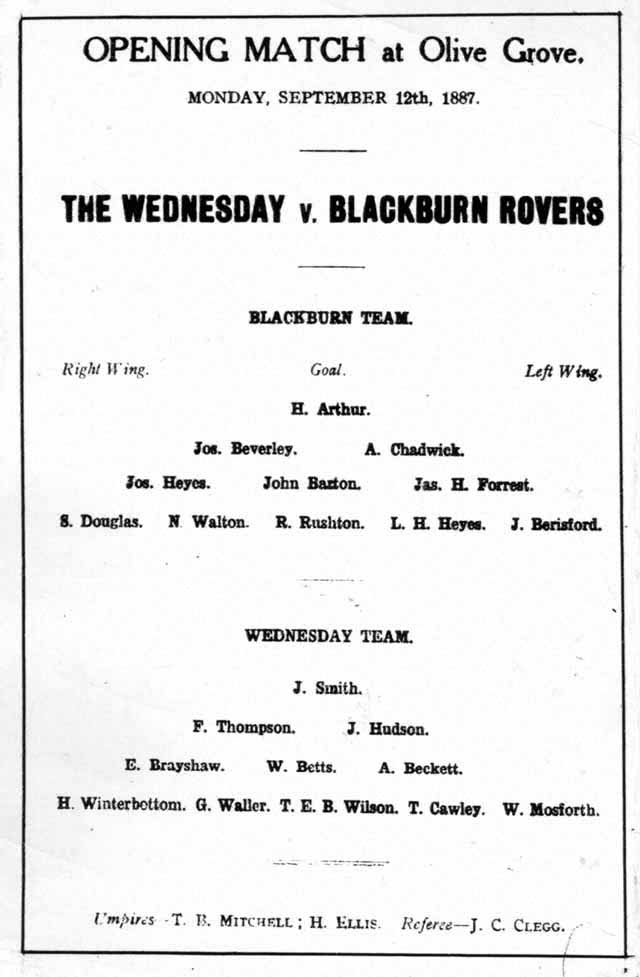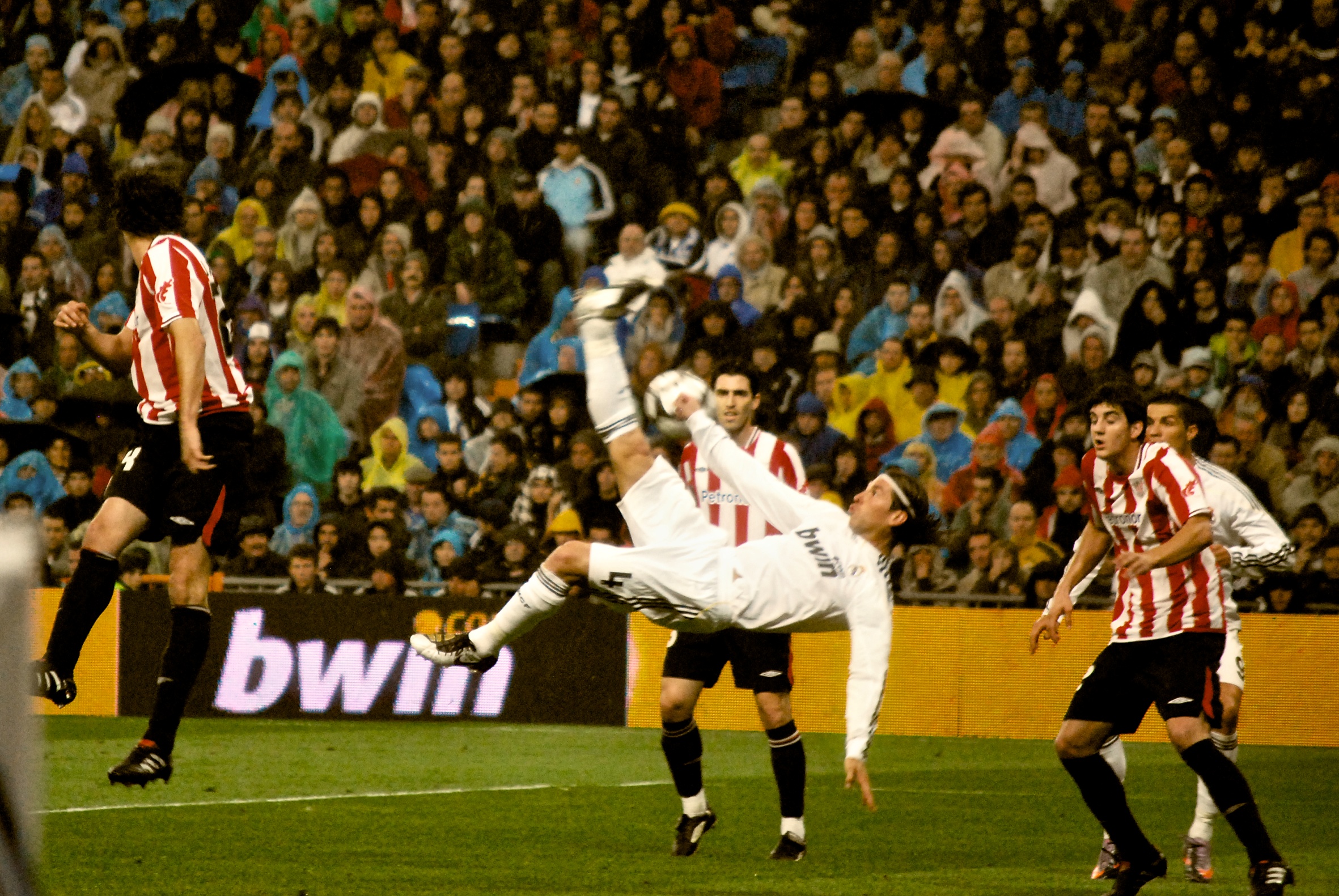|
Carlo Parola
Carlo Parola (; 20 September 1921 – 22 March 2000), was an Italian footballer and coach who played as a defender. Throughout his career, he won domestic titles with Italian club Juventus, both as a player and as a manager. At international level, he took part at the 1950 FIFA World Cup with the Italy national team. Career Parola was born in Turin. He is mostly known for his time with Juventus with whom he played over 300 games between 1939 and 1954, winning two Serie A titles and a Coppa Italia, and even serving as the club's captain from 1949 onwards. He also had brief spells with Lazio and Midland in Argentina, before going into management. At international level, he was capped for Italy on 10 occasions between 1945 and 1950, and represented his country at the 1950 FIFA World Cup. As a coach, he managed several Italian clubs throughout his career, and had spells with Anconitana, Juventus, Livorno, and Novara. He won the Serie A title during his second spell as Juventus's ... [...More Info...] [...Related Items...] OR: [Wikipedia] [Google] [Baidu] |
Turin
Turin ( , Piedmontese language, Piedmontese: ; it, Torino ) is a city and an important business and cultural centre in Northern Italy. It is the capital city of Piedmont and of the Metropolitan City of Turin, and was the first Italian capital from 1861 to 1865. The city is mainly on the western bank of the Po (river), Po River, below its Susa Valley, and is surrounded by the western Alps, Alpine arch and Superga Hill. The population of the city proper is 847,287 (31 January 2022) while the population of the urban area is estimated by Larger Urban Zones, Eurostat to be 1.7 million inhabitants. The Turin metropolitan area is estimated by the Organisation for Economic Co-operation and Development, OECD to have a population of 2.2 million. The city used to be a major European political centre. From 1563, it was the capital of the Duchy of Savoy, then of the Kingdom of Sardinia ruled by the House of Savoy, and the first capital of the Kingdom of Italy from 1861 to 1865. T ... [...More Info...] [...Related Items...] OR: [Wikipedia] [Google] [Baidu] |
Metodo
In association football, the formation of a team refers to the position players take in relation to each other on a pitch. As association football is a fluid and fast-moving game, a player's position (with the exception of the goalkeeper) in a formation does not define their role as tightly as that of rugby player, nor are there breaks in play where the players must line up in formation (as in gridiron football). A player's position in a formation typically defines whether a player has a mostly defensive or attacking role, and whether they tend to play centrally or towards one side of the pitch. Formations are described by three or more numbers in order to denote how many players are in each row of the formation, from the most defensive to the most advanced. For example, the "4–5–1" formation has four defenders, five midfielders, and a single forward. The choice of formation is normally made by a team's manager or head coach. Different formations can be used depending on wh ... [...More Info...] [...Related Items...] OR: [Wikipedia] [Google] [Baidu] |
1951–52 Serie A
The 1951–52 Serie A season was won by Juventus. Teams SPAL and Legnano had been promoted from Serie B. Six out of the twenty clubs came from Lombardy, a record for a single region of Italy. Events FIGC decided to restore the original 18-clubs format, so a special relegation would have been necessary. Final classification Results Relegation tie-breaker The 3 last-placed teams in Serie A were guaranteed relegation. However, due to a tie for 17th place between Lucchese and Triestina, the teams had to play a tie-breaker to determine which team would be relegated and which team qualified for the playoff. :''Game played in Bergamo'' The match was null. :''Game played in Milan'' Lucchese was relegated and Triestina qualified for the playoff game against Brescia, Serie B's 2nd-placed team. Serie A qualification play-off Since it was decided to reduce the number of Serie A teams from 20 to 18 for the 1952-1953 season, only the top 16 teams in Serie A were guarantee ... [...More Info...] [...Related Items...] OR: [Wikipedia] [Google] [Baidu] |
1949–50 Serie A
The 1949–50 Serie A season was won by Juventus. Teams Como and Venezia had been promoted from Serie B. Final classification Results Top goalscorers References and sources *''Almanacco Illustrato del Calcio - La Storia 1898-2004'', Panini Edizioni, Modena, September 2005 External links - All results on Rec.Sport.Soccer Statistics Foundation, RSSSF Website. {{DEFAULTSORT:1949-50 Serie A Serie A seasons Italy Italy ( it, Italia ), officially the Italian Republic, ) or the Republic of Italy, is a country in Southern Europe. It is located in the middle of the Mediterranean Sea, and its territory largely coincides with the homonymous geographical re ... 1949–50 in Italian football leagues ... [...More Info...] [...Related Items...] OR: [Wikipedia] [Google] [Baidu] |
Panini Group
Panini is an Italian company that produces books, comics, magazines, stickers, trading cards and other items through its collectibles and publishing subsidiaries. It is headquartered in Modena, Italy, and named after the Panini brothers who founded it in 1961. Panini distributes its own products, and products of third party providers. Panini maintains a Licensing Division to buy and resell licences and provide agency for individuals and newspapers seeking to purchase rights and comic licences. Through Panini Digital the company uses voice-activated software to capture football statistics, which is then sold to agents, teams, media outlets and video game manufactures. New Media operates Panini's on-line applications, and generates income through content and data sales. Forming a partnership with FIFA in 1970, Panini published its first FIFA World Cup sticker album for the 1970 World Cup. Since then, collecting and trading stickers and cards has become part of the World Cup exper ... [...More Info...] [...Related Items...] OR: [Wikipedia] [Google] [Baidu] |
Goalkeeper (association Football)
In many team sports which involve scoring goals, the goalkeeper (sometimes termed goaltender, netminder, GK, goalie or keeper) is a designated player charged with directly preventing the opposing team from scoring by blocking or intercepting opposing shots on goal. Such positions exist in bandy, rink bandy, camogie, association football, Gaelic football, international rules football, floorball, handball, hurling, field hockey, ice hockey, roller hockey, lacrosse, ringette, rinkball, water polo, and shinty as well as in other sports. In most sports which involve scoring in a net, special rules apply to the goalkeeper that do not apply to other players. These rules are often instituted to protect the goalkeeper (being a target for dangerous or even violent actions). This is most apparent in sports such as ice hockey, field hockey, and lacrosse, where goalkeepers are required to wear special equipment like heavy pads and a face mask to protect their bodies from the impact ... [...More Info...] [...Related Items...] OR: [Wikipedia] [Google] [Baidu] |
Bicycle Kick
In association football, a bicycle kick, also known as an overhead kick, scissors kick, is an acrobatic strike where a player kicks an airborne ball rearward in midair. It is achieved by throwing the body backward up into the air and, before descending to the ground, making a shearing movement with the lower limbs to get the ball-striking leg in front of the other. In most languages, the manoeuvre is named after either the cycling motion or the scissor motion that it resembles. Its complexity, and uncommon performance in competitive football matches, makes it one of association football's most celebrated skills. Bicycle kicks can be used defensively to clear away the ball from the goalmouth or offensively to strike at the opponent's goal in an attempt to score. The bicycle kick is an advanced football skill that is dangerous for inexperienced players. Its successful performance has been limited largely to the most experienced and athletic players in football history. Labo ... [...More Info...] [...Related Items...] OR: [Wikipedia] [Google] [Baidu] |
Forward (association Football)
Forwards (also known as attackers) are outfield positions in an association football team who play the furthest up the pitch and are therefore most responsible for scoring goals as well as assisting them. As with any attacking player, the role of the forward relies heavily on being able to create space for attack. Attacking positions generally favour irrational players who ask questions to the defensive side of the opponent in order to create scoring chances, where they benefit from a lack of predictability in attacking play. Team formations normally include one to three forwards. For example, the common 4–2–3–1 includes one forward. Less conventional formations may include more than three forwards, or none. Striker The normal role of a striker is to score the majority of goals on behalf of the team. If they are tall and physical players, with good heading ability, the player may also be used to get onto the end of crosses, win long balls, or receive passes and retain ... [...More Info...] [...Related Items...] OR: [Wikipedia] [Google] [Baidu] |
Bicycle Kick
In association football, a bicycle kick, also known as an overhead kick, scissors kick, is an acrobatic strike where a player kicks an airborne ball rearward in midair. It is achieved by throwing the body backward up into the air and, before descending to the ground, making a shearing movement with the lower limbs to get the ball-striking leg in front of the other. In most languages, the manoeuvre is named after either the cycling motion or the scissor motion that it resembles. Its complexity, and uncommon performance in competitive football matches, makes it one of association football's most celebrated skills. Bicycle kicks can be used defensively to clear away the ball from the goalmouth or offensively to strike at the opponent's goal in an attempt to score. The bicycle kick is an advanced football skill that is dangerous for inexperienced players. Its successful performance has been limited largely to the most experienced and athletic players in football history. Labo ... [...More Info...] [...Related Items...] OR: [Wikipedia] [Google] [Baidu] |
Volley (association Football)
A volley is an air-borne strike in association football, where a player's foot meets and directs the ball in an angled direction before it has time to reach the ground. A volley can be extremely hard to aim and requires good foot-eye coordination and timing. In general, the volley requires that the player strike the ball with the front of his foot, with the toes pointing downward, ankle locked, and the knee lifted. It is important for most applications to keep the knee high over the ball when struck, and lean slightly forward to keep the shot downward. Doing so imparts a great deal of topspin and prevents the ball from flying wildly over the goal if done correctly. Because of the power and spin imparted on the ball, the shot can follow an unpredictable path to goal and prove difficult to defend against. Used offensively, the volley can play a crucial role in scoring straight goals. Since a volley occurs when the ball is in the air, they often occur in front of goal as a result of ... [...More Info...] [...Related Items...] OR: [Wikipedia] [Google] [Baidu] |





.jpg)



